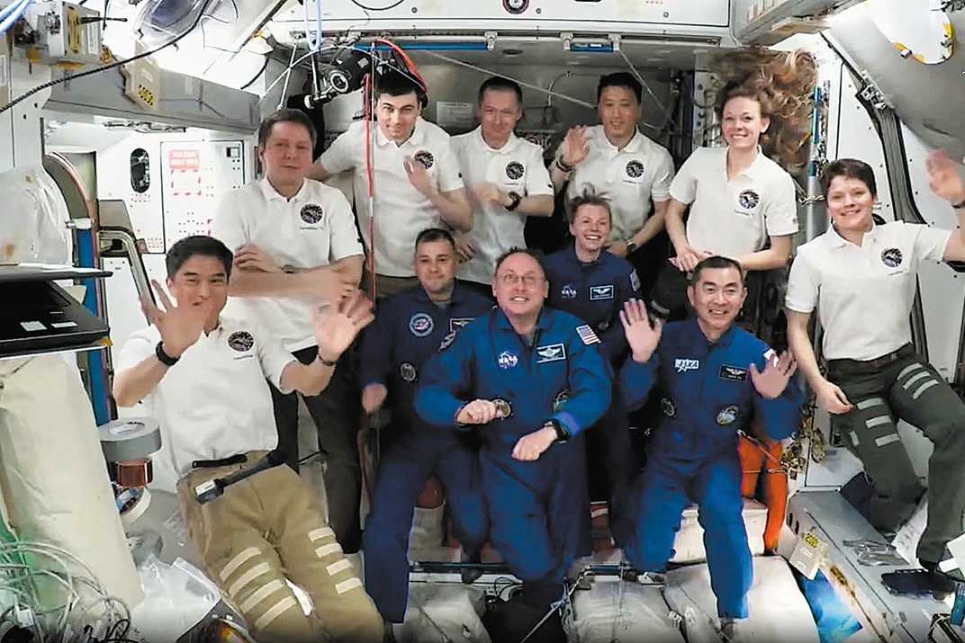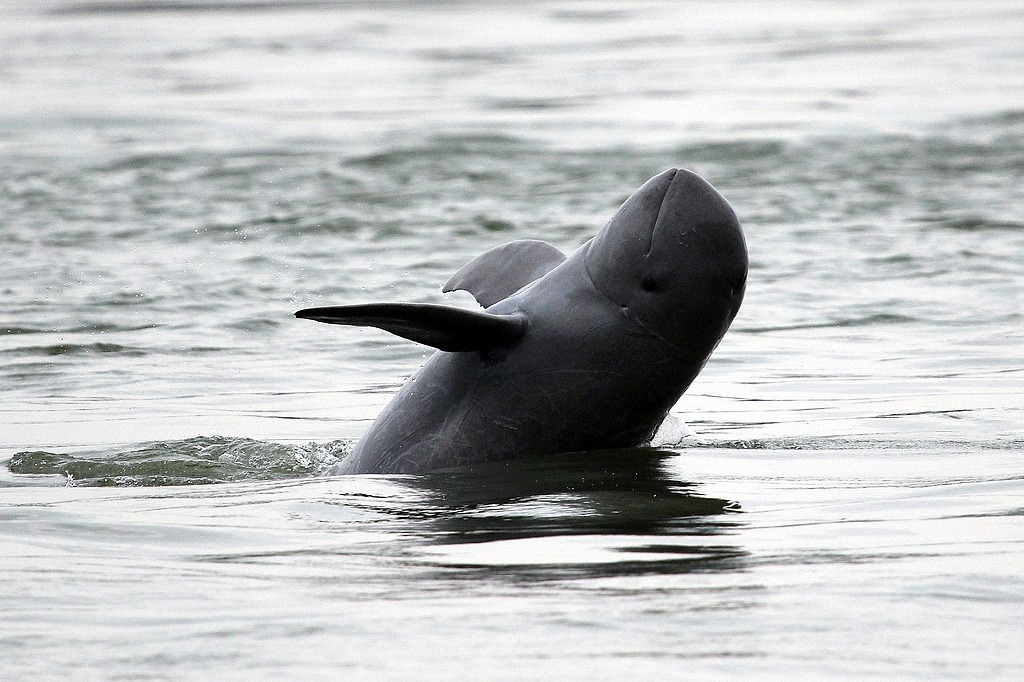NASA asteroid hunter soars into space


WASHINGTON-NASA has launched a first-of-its kind mission to study Jupiter's Trojan asteroids, two large clusters of space rocks that scientists believe are remnants of primordial material that formed the solar system's outer planets.
The space probe, dubbed Lucy and packed inside a special cargo capsule, lifted off on schedule from Cape Canaveral Air Force Station in Florida at 5:34 am local time on Saturday, NASA said. It was carried aloft by an Atlas V rocket from United Launch Alliance.
Lucy's mission is a 12-year expedition to study a record number of asteroids. It will be the first to explore the Trojans, thousands of rocky objects orbiting the sun in two swarms-one ahead of the path of the giant gas planet Jupiter and one behind it.
The largest known Trojan asteroids, named for the warriors of Greek mythology, are believed to be as much as 225 kilometers in diameter.
Scientists hope Lucy's close-up flyby of seven Trojans will yield new clues to how the solar system's planets came to be formed about 4.5 billion years ago and what shaped their present configuration.
The asteroids may even provide insights into the origin of organic materials and life on Earth, NASA said.
"The Trojan asteroids are leftovers from the early days of our solar system, effectively the fossils of planet formation," principal mission investigator Harold Levison of the Southwest Research Institute in Boulder, Colorado, was quoted by NASA as saying.
No other single science mission has been designed to visit as many different objects independently orbiting the sun in the history of space exploration, NASA said.
As well as the Trojans, Lucy will do a flyby of an asteroid in the solar system's main asteroid belt, called Donald Johanson in honor of the lead discoverer of the fossilized human ancestor known as Lucy, from which the NASA mission takes its name. The Lucy fossil, unearthed in Ethiopia in 1974, is named after the Beatles song "Lucy in the Sky with Diamonds."
Lucy the asteroid probe will make space flight history in another way. Following a route that circles back to Earth three times for gravitational assists, it will be the first spacecraft ever to return to Earth's vicinity from the outer solar system, NASA said.
AGENCIES VIA XINHUA

































